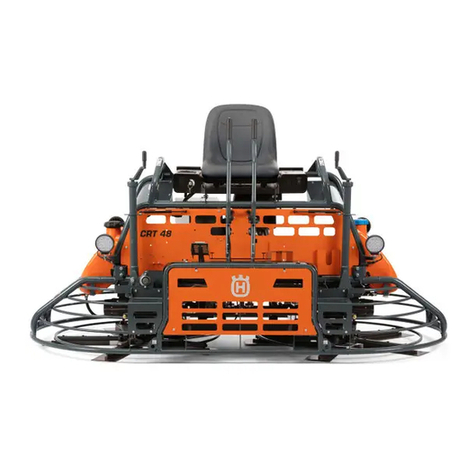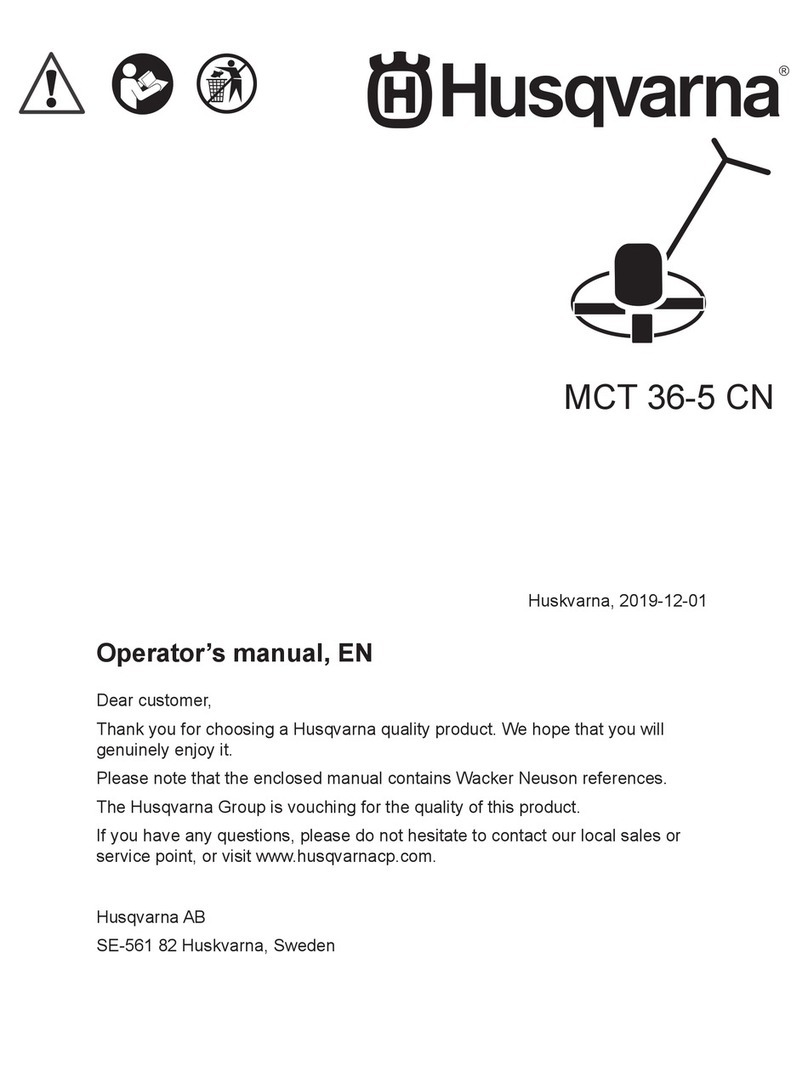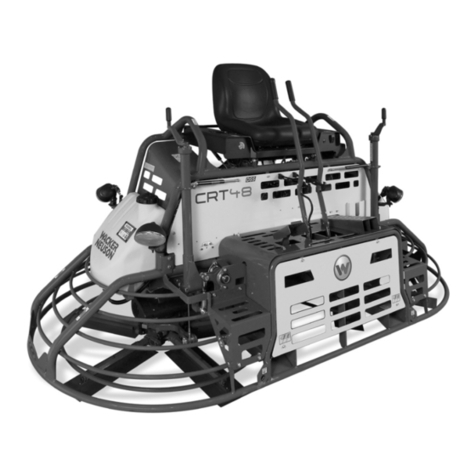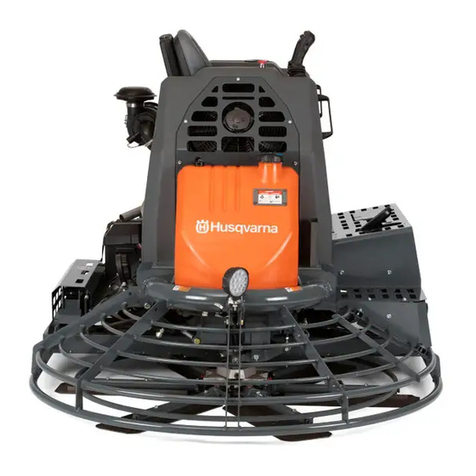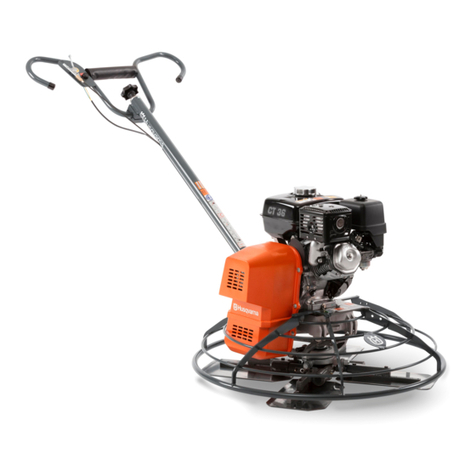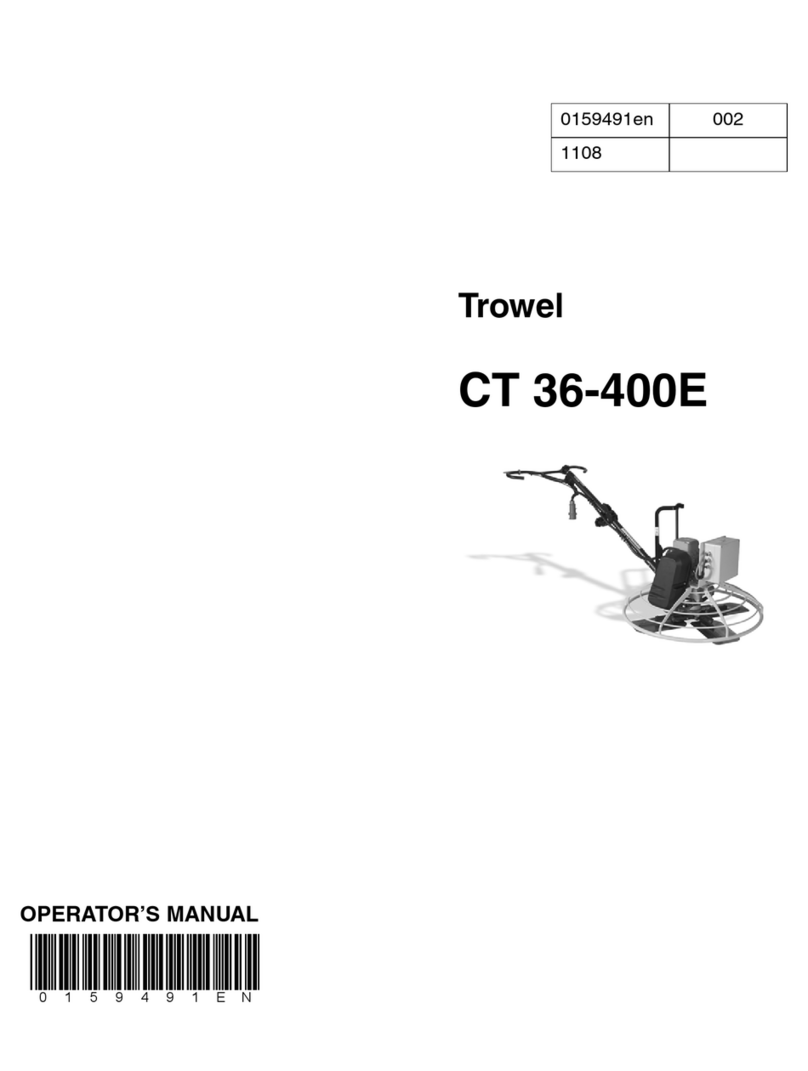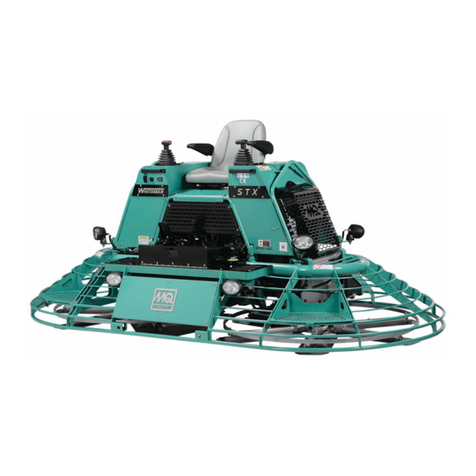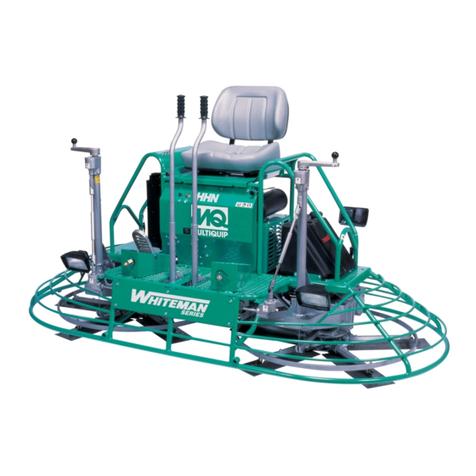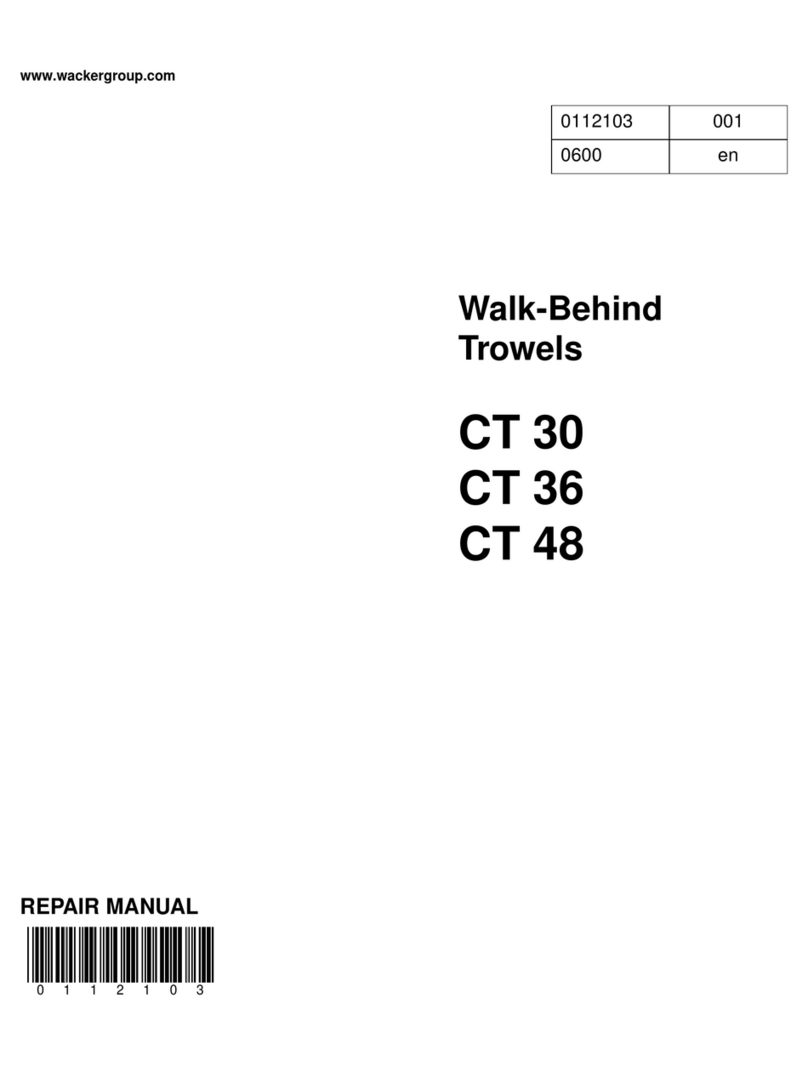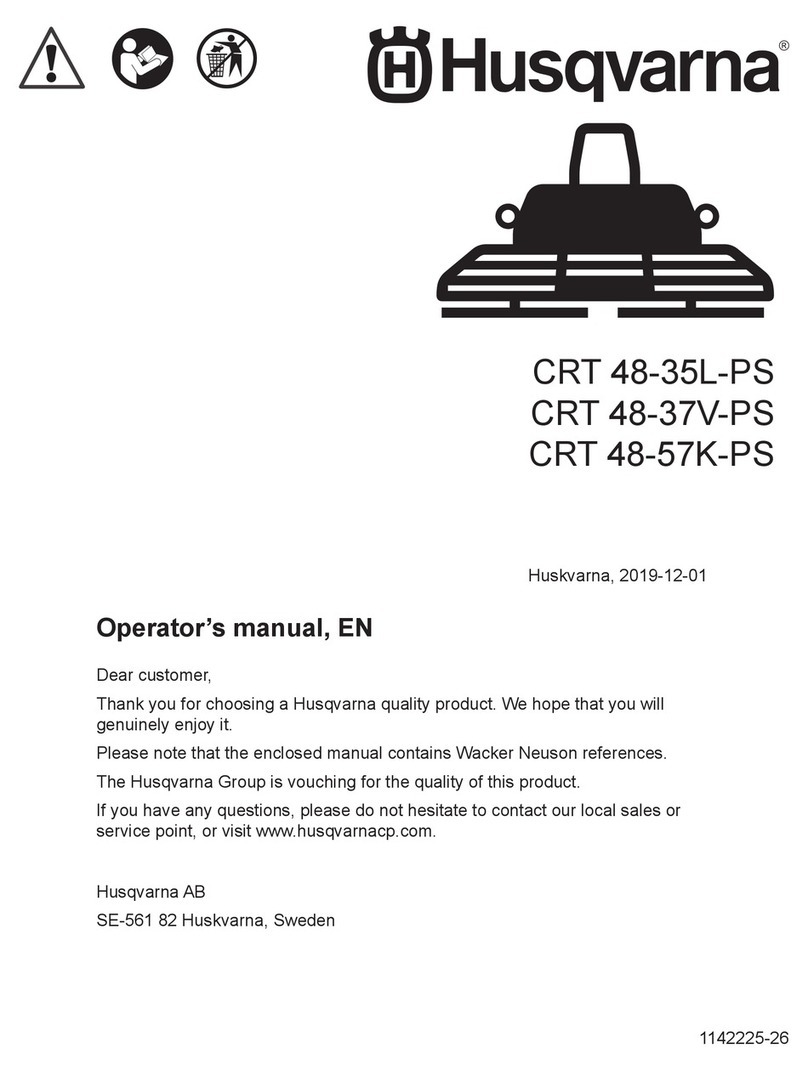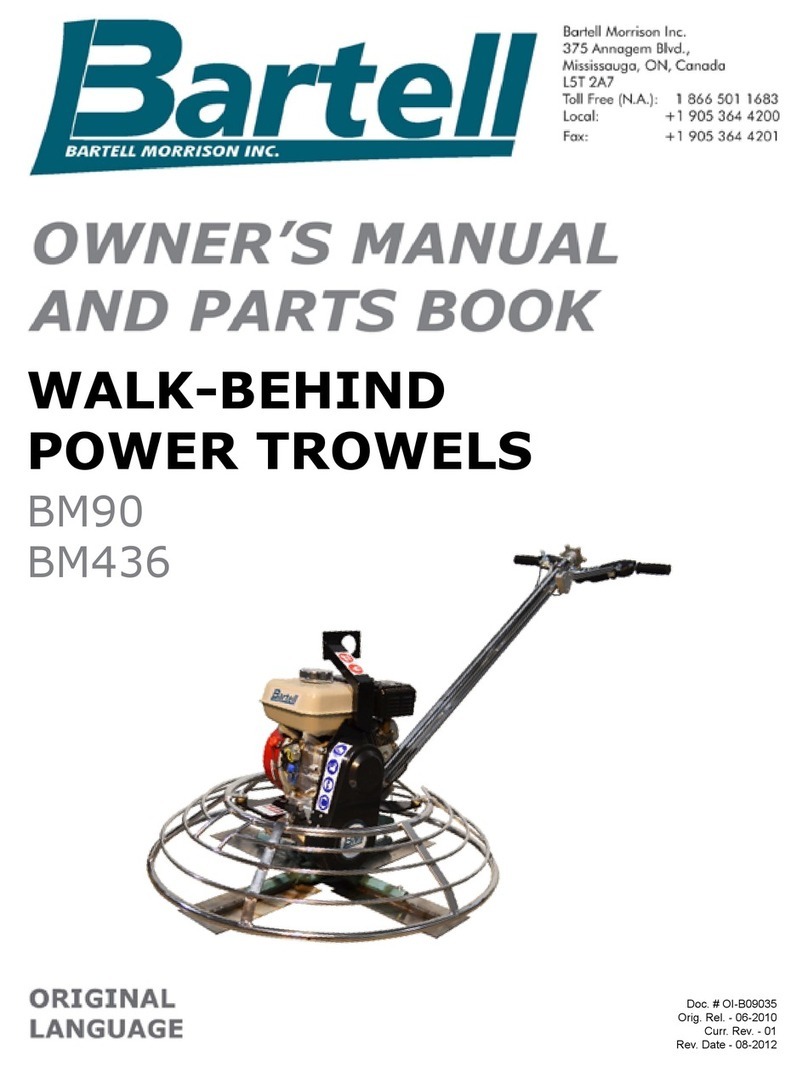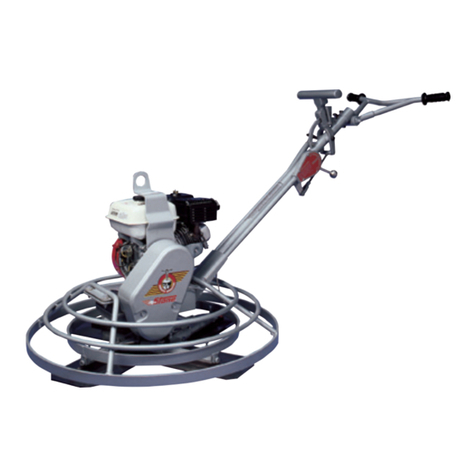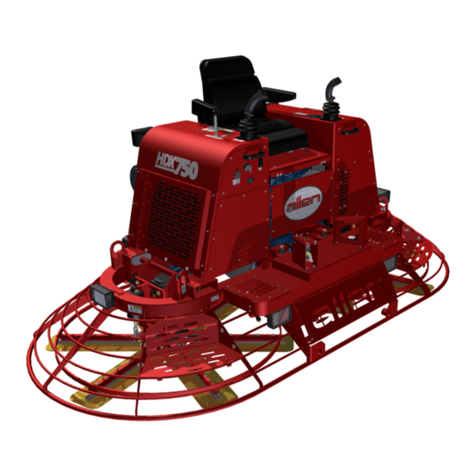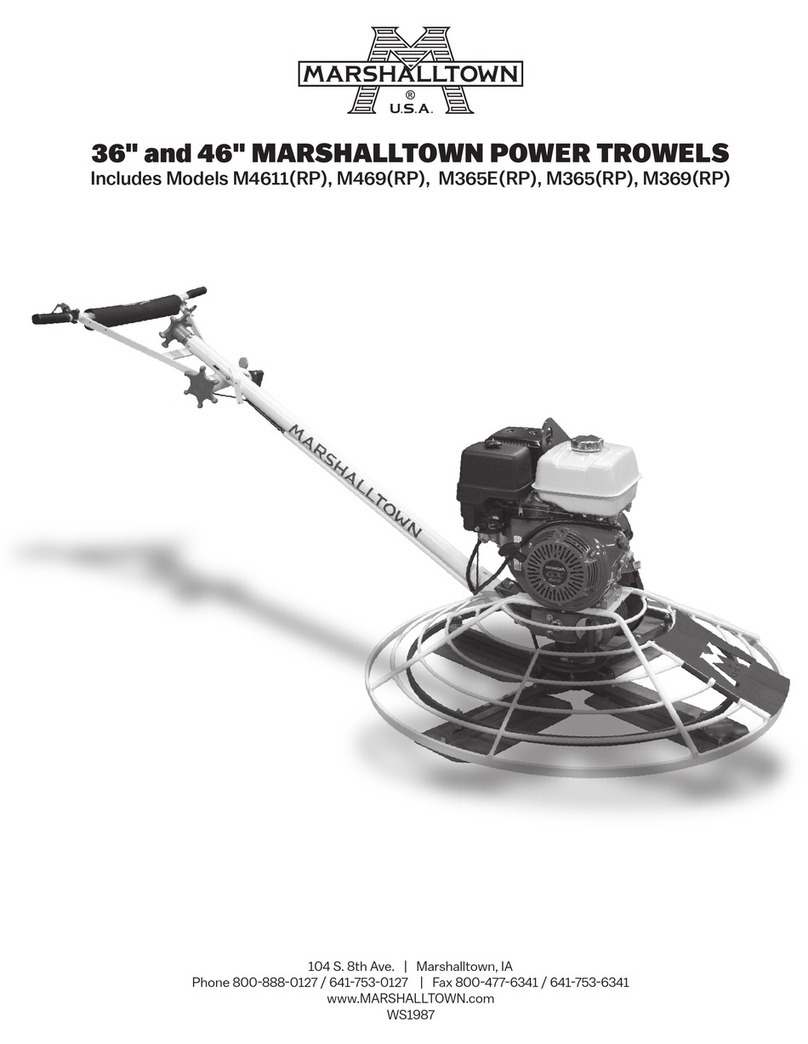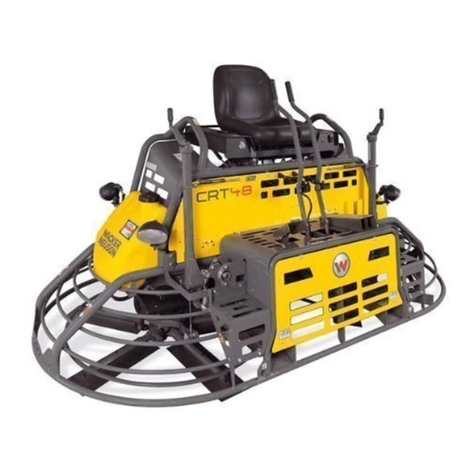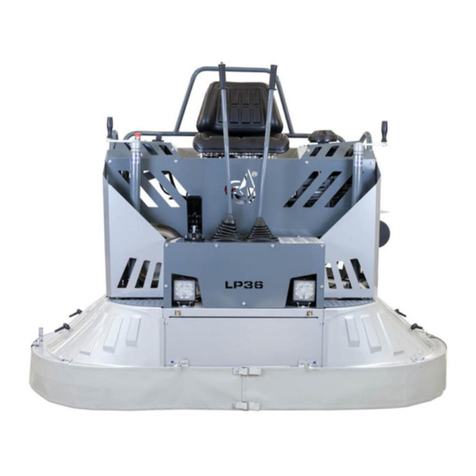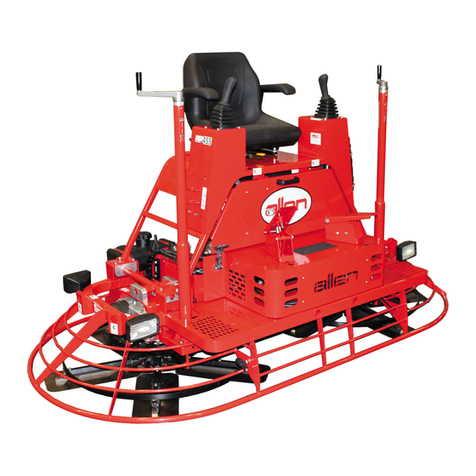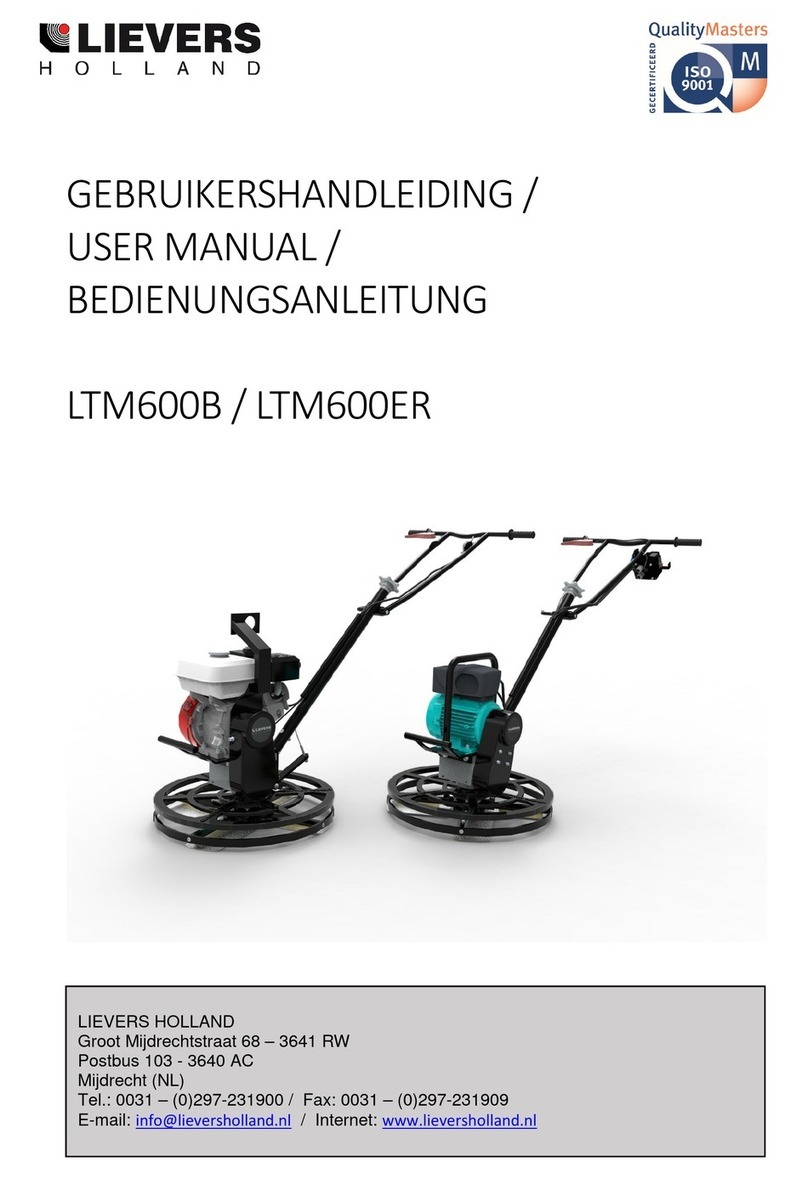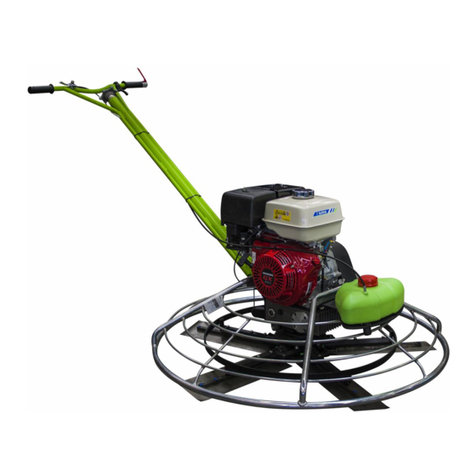
implants to speak to their physician and the medical
implant manufacturer before operating this product.
• Keep the product clean. Make sure that you can
clearly read signs and decals.
• Do not use the product if it is damaged.
• Do not make modifications to this product.
• Do not operate the product if it is possible that other
persons have made modifications to the product.
Vibration safety
WARNING: Read the warning
instructions that follow before you use the
product.
• During operation of the product, vibrations go from
the product to the operator. Regular and frequent
operation of the product can cause or increase the
degree of vibration-related injuries to the operator.
Injuries can occur in fingers, hands, wrists, arms,
shoulders, and/or nerves and blood supply or
other body parts. The injuries can be debilitating
and/or permanent, and can increase gradually during
weeks, months or years. Possible injuries include
damage to the blood circulation system, the nervous
system, joints, and other body structures.
• Symptoms can occur during operation of the product
or at other times. If you have symptoms and
continue to operate the product, the symptoms can
increase or become permanent. If these or other
symptoms occur, get medical aid:
• Numbness, loss of feeling, tingling, pricking,
pain, burning, throbbing, stiffness, clumsiness,
loss of strength, changes in skin color or
condition.
• Symptoms can increase in cold temperatures. Use
warm clothing and keep your hands warm and dry
when you operate the product in cold environments.
• Do maintenance on and operate the product as
given in the operator's manual to keep correct
vibration levels.
• Gently guide the product to do the work. Do not
push the product with force. Hold the product at the
handles securely, but make sure that you control
the product and operate it safely. Do not push the
handles into the end stops more than necessary.
• Keep your hands on the handle or handles only.
• Stop the product immediately if strong vibrations
suddenly occur. Do not continue the operation
before the cause of the increased vibrations is
removed.
Dust safety
WARNING: Read the warning
instructions that follow before you use the
product.
• Use of the product for operation on dry surfaces
different from those intended can cause increased
dust in the air. Inhalation of dust can cause serious
injury and permanent health problems. Silica dust is
regulated as harmful by several authorities. These
are examples of such health problems:
• The chronic or potentially fatal lung diseases
chronic bronchitis, silicosis and pulmonary
fibrosis
• Cancer
• Birth defects
• Skin inflammation
• Use correct protective equipment to decrease the
quantity of dust and fumes in the air and to decrease
dust on work equipment, surfaces, clothing and
body parts. Examples of controls are dust collection
systems and water sprays to bind dust. Decrease
dust at the source where possible. Make sure that
the equipment is correctly installed and used and
that regular maintenance is done.
• Make sure that the airflow is sufficient in the work
area.
• If it is possible, point the exhaust of the product
where it cannot cause dust to go into the air.
Exhaust fumes safety
WARNING: Read the warning
instructions that follow before you use the
product.
• The exhaust fumes from the engine contain carbon
monoxide which is an odourless, poisonous and very
dangerous gas. To breathe carbon monoxide can
cause death. Because carbon monoxide is odourless
and cannot be seen, it is not possible to sense it.
An early symptom of carbon monoxide poisoning is
dizziness, but sufficient quantity or concentration of
carbon monoxide may cause loss of consciousness,
especially in an enclosed space or area without
adequate ventilation.
• Exhaust fumes also contain unburned hydrocarbons
including benzene. Long-term inhalation can cause
health problems.
• Exhaust fumes that you can see or smell also
contain carbon monoxide.
• Do not use a combustion engine product indoors or
in areas that do not have sufficient airflow.
• Do not breathe the exhaust fumes.
• Make sure that the airflow in the work area is
sufficient. This is very important when you operate
the product in trenches or other small work areas
where exhaust fumes can easily collect.
Noise safety
WARNING: Read the warning
instructions that follow before you use the
product.
61452 - 003 - 30.01.2023

